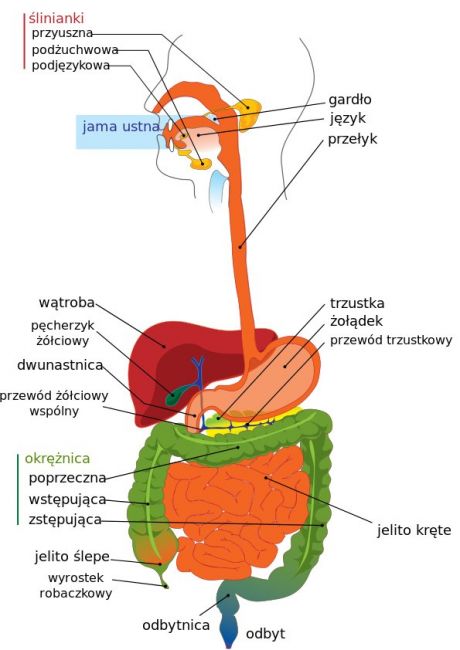
According to the World Health Organisation, it is estimated that in 2005 alone 1.8 million people died from diarrheal diseases. Improved diagnostic tools are thus necessary to act promptly against these dismal statistics.
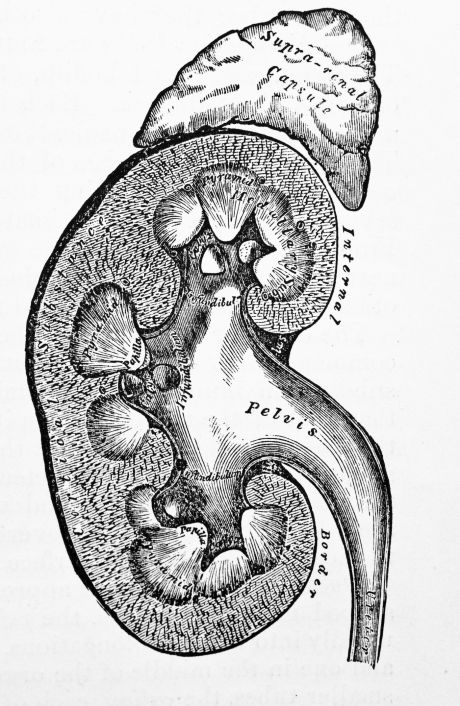
Kidney dysfunction leads to hypertension, which in turn creates more damage to the kidneys. An EU study addressed the mechanisms of salt transport regulation in kidneys using a model system.
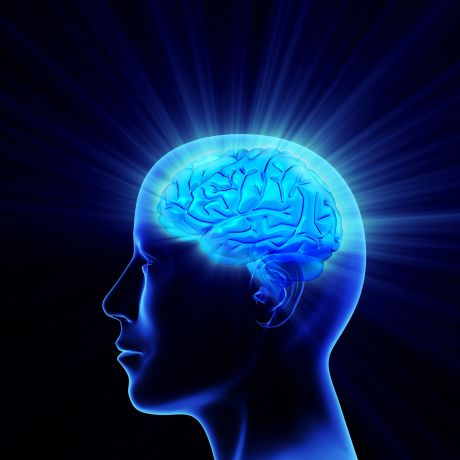
The central nervous system works largely on the basis of currents and voltages generated by the flow of ions in or out of neurons. Scientists have shed important light on an intriguing endogenous background electrical activity certain to impact processing of incoming signals.
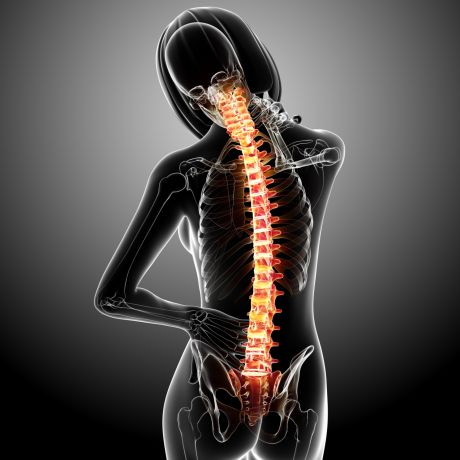
Currently, no therapy is capable of promoting recovery after complete spinal cord injury (SCI). European scientists developed a brain-spinal interface (BSI) system with a goal to restore movement in severely paralysed subjects.

Researchers are analysing the environmental effects of a growing trend of using recycled organic wastes on arable land as an alternative to landfilling and incineration.

Young EU scientists are investigating new and sustainable ways of utilising the contents of animal waste.
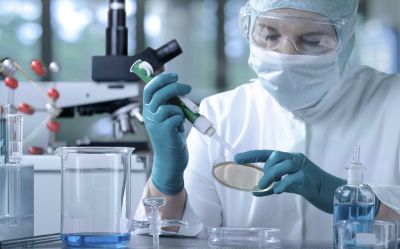
European scientists are working to characterise neural stem cells (NSCs) for cell therapy applications. NSCs possess an inherent capacity to differentiate into different cell types. However the ability of cultured NSCs to produce clinically-relevant neuronal types is gradually lost. To produce clinically-relevant neuronal types, rosette-NSCs (R-NSCs) show promise.
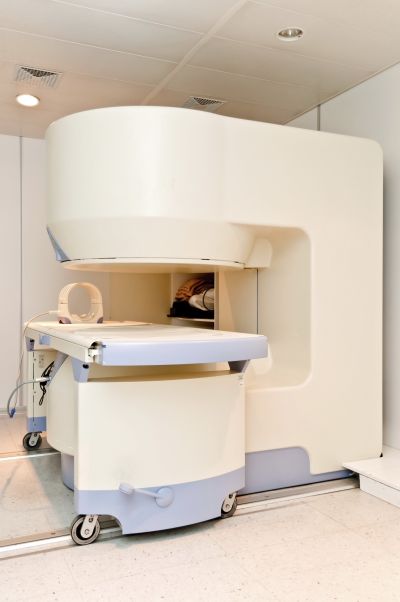
Accuracy in radiation dosimetry and the use of proton/ion beams for cancer therapy are increasing with progress in instrumentation. A large EU training network is conducting cutting-edge research in the development of radiation detectors with a number of industrial and medical applications.
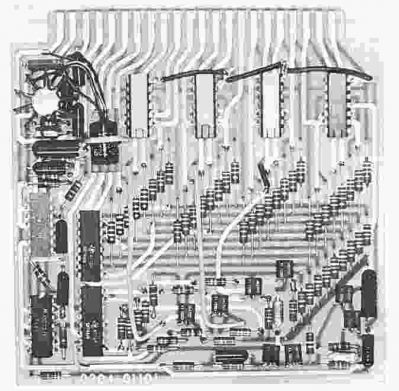
Printed circuit boards (PCBs) have been the backbone of electronics for years. Improved technologies for printed electronics that get rid of the boards and the discrete components will put the EU in a leadership position within a huge global market.
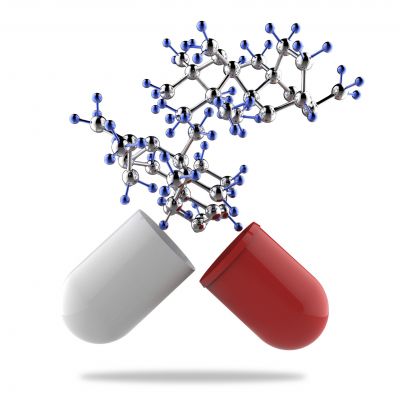
With over 400 000 patients across Europe receiving erythropoietin (EPO)-related treatment every year, it is important to delineate any therapy-associated health hazards. A European study determined EPO-associated risks of tumour growth and thromboembolic events.
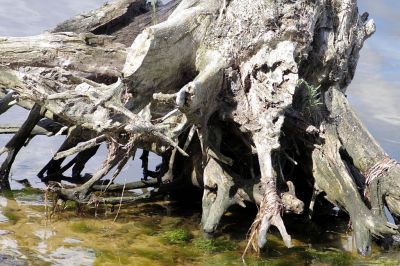
Scientists have investigated how the roots of crops respond to periods of flooding in order to ensure good harvests.

EU-funded scientists are developing new organic/inorganic materials that are excellent candidate elements for non-volatile memories. Being both electrically and optically addressed, they pave the way for converging electronic and photonic integrated circuits.

An EU project has developed a number of new diagnostic tests for animal pathogens to improve disease diagnosis at the point of care.
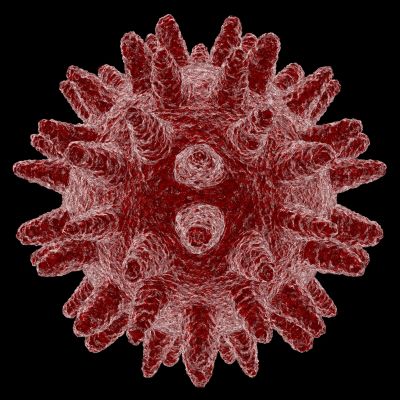
An unprecedented effort has been made to coordinate storage and access to virus collections on a global scale. EU funding has supported the development of a readily accessible virus archive with an extensive collection through global networking.
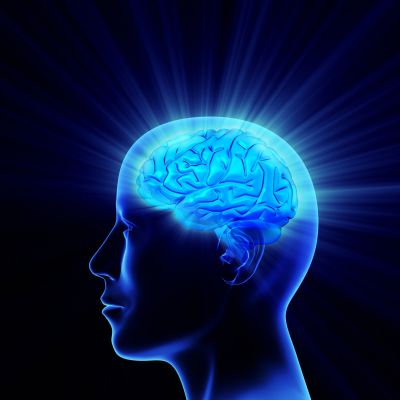
For any disease, treatment should present minimal adverse effects and maximum therapeutic outcome. To achieve this, a European study is working on genomic biomarkers that predict treatment response in epilepsy.
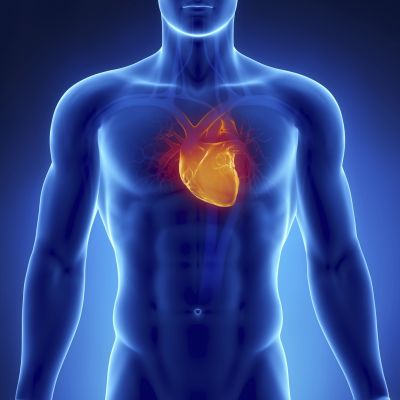
Minimising the risk for cardiovascular disease is a great medical challenge. A European consortium proposes to identify biomarkers that could be used for disease risk prediction.
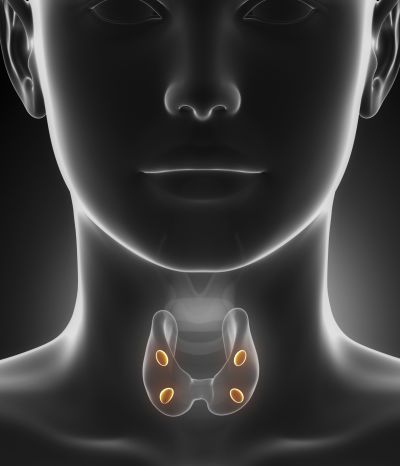
The incidence of oropharyngeal cancers is steadily increasing in certain regions of Europe and the United States. Additional studies are needed to confirm the importance of human papillomavirus (HPV) infection in head and neck cancer (HNC) development in European populations.
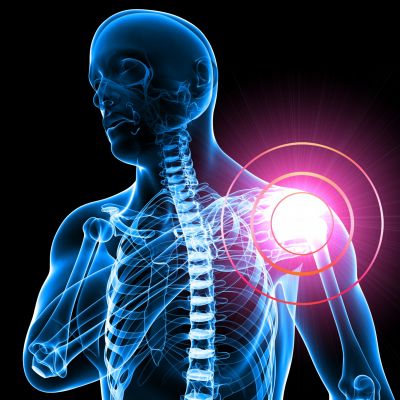
Understanding what triggers inflammation-based pathogenesis would provide insight into the aetiology of many diseases.

Birdsong exhibits phonological syntax in which sounds are put together in an organised syntactic structure that produces meaning. The first use of electrodes to study sequence rule learning in non-human animals has shed light on neural mechanisms.
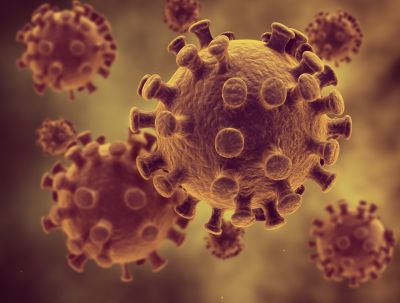
Cancer is characterised by uncontrolled cell proliferation. To identify new targets for therapy, European researchers concentrated on the mechanisms underlying cell proliferation.

Marine protected areas (MPAs) are a valuable tool for conserving marine biodiversity and resources whose benefits can be increased by their integration into a network. The correct design of these networks is crucial to their success and connecting fish populations through larval dispersal plays a key role in this.
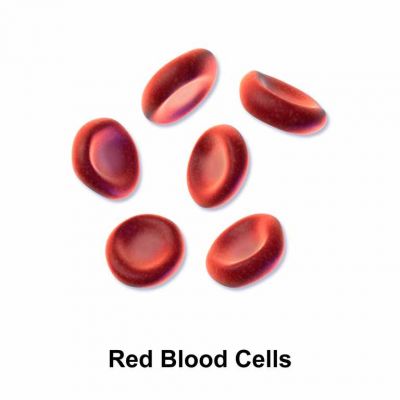
The human body is approximately 60 % water, a major component of blood and intracellular and extracellular spaces. Scientists have used powerful experimental and computational methods to address important questions about water's functional role.
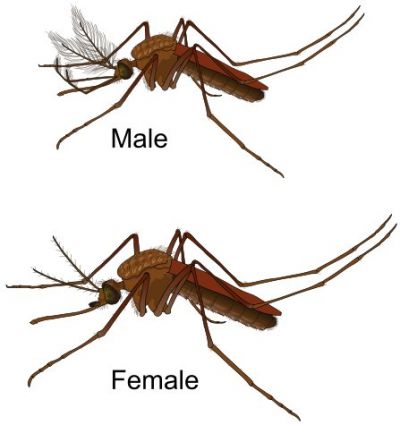
Accurate and rapid diagnosis of any infectious disease is paramount to constraining its transmission. In this context, European scientists have set out to develop diagnostic assays and implement a surveillance system for monitoring dengue fever.
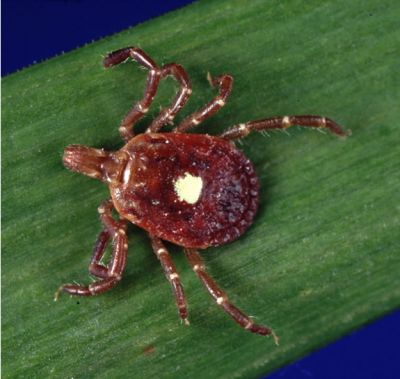
An EU-funded project has elucidated the mechanism of resistance to pyrethroids in the bee mite, Varroa destructor, and has developed a test for a rapid and accurate identification of resistant mites in populations across Europe.
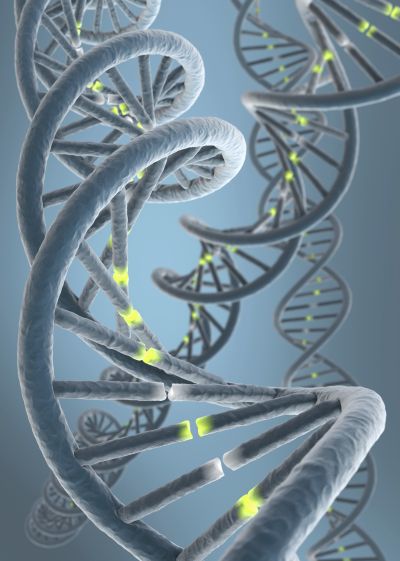
European investigators are using zebrafish to investigate human regulatory genes and their function, the regulome. This systems biology approach will complement work in other mammalian systems.
























